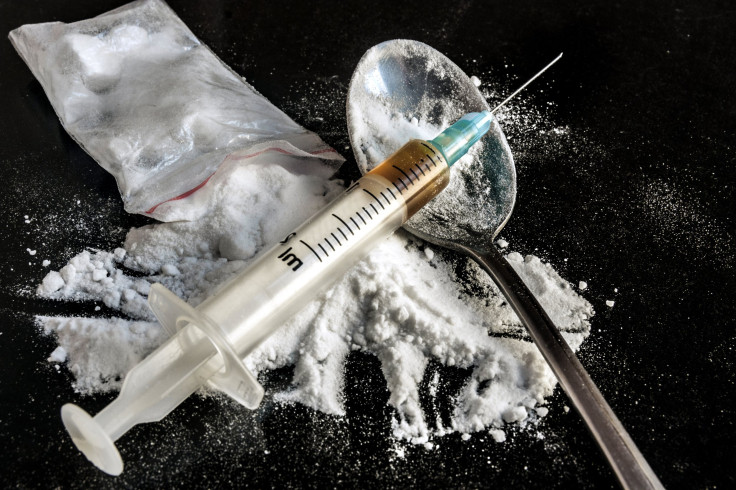Heroin Overdose Antidote, Naloxone, May Become Available To The Public To Prevent Accidental Drug Deaths

The number of heroin and other opiate addicts in the United States is reaching record highs, and experts estimate the numbers will continue to increase. Government officials are pushing for the anti-overdose drug, naloxone, to no longer be restricted to hospital ERs. The drug could potentially save thousands of lives each year and give addicts a second chance to turn their lives around for the better.
Naloxone’s Effects Are 'Surreal'
Heroin use is on the rise in the United States, particularly in the New England area and New York State, Science World Report reported. The Great Lakes Area, Mid-Atlantic region, and New Jersey are also experiencing an unprecedented increase in opioid abusers. Naloxone is able to completely reverse the effects of an opioid overdose. “It’s surreal. You go from dealing with someone who is dead. They’re not breathing, they’re not responsive. And in 30 seconds, 90 seconds, they’re up and talking to you,” Detective Lieutenant Patrick Glynn of the Quincy Police Department in Massachusetts explained to Reuters.
The drug, however, has no effect on indivudals without opioids in their system. Naloxone isn’t a new drug but previously was only available in hospital emergency rooms. Quincy in Massachusetts was the first U.S. city to put the drug in community health centers, making it available to the public in 2010, Reuters reported. Now 19 medical sites in Massachusetts dispense naloxone, and last week New York State governor Andrew Cuomo announced the drug would be given to first responders in his state.
It is estimated that in the last five years the number of opioid drug abusers in the U.S. has risen by 75, The Enquirer reported. In Connecticut alone, the number of accidental heroin deaths has risen by 48 percent. In 2012, the number of deaths from accidental opiate overdoses reached a record breaking high in Massachusetts.
More States May Follow Suit
Last week, Massachusetts Gov. Deval Patrick revealed his $20 million plan to combat opioid abuse in his state. Patrick also met with governors from Vermont, Connecticut, Rhode Island, and New Hampshire to discuss an interstate solution to the problem. New England lone Republican Gov. Paul LePage of Maine refused to have his signature added to the bill. However, despite his belief that the availability of naloxone would give drug abusers an “excuse to stay addicted,” LePage allowed the bill to go into effect without his veto, Reuters reported. On a national level, at least 18 state legislatures have addressed new heroin bills in 2014. "Sometimes it takes a crisis with big numbers to get the public's attention," Public Health Commissioner Cheryl Bartlett told The Enquirer.
Unfortunately, the U.S. supply of naloxone is frequently in danger of running low. “We've had a couple of periods where we have been worried about supply. It hasn't been rationed but it's a generic drug and there's only a few suppliers," Alexander Walley, the medical director of Massachusetts’s opioid overdose prevention program, told Reuters.
Why The Increase?
The surge of opioid abuse is linked to the increase in use of prescription drugs, such as OxyContin, Vicodin, and Percocet. These drugs are all chemically similar to heroin. Hundreds of thousands of people become addicted to these painkillers and are pushed to heroin to satisfy their addiction. Mexican drug dealers are dominating the American market for heroin, selling a single dose for as low as $4, compared to the $40 needed for an opiate pain pill.
"Now we have people openly admitting a heroin habit of 20 bags a day, and I haven't talked to a single person who did not get started by using the pills," Jim Baer, chief of police of Rutland city in Vermont, told The Enquirer.



























